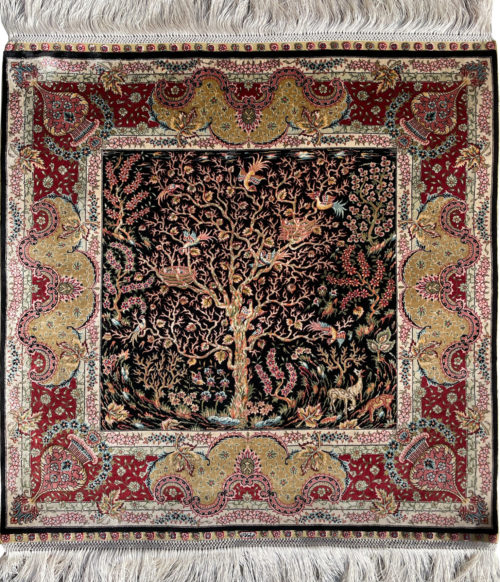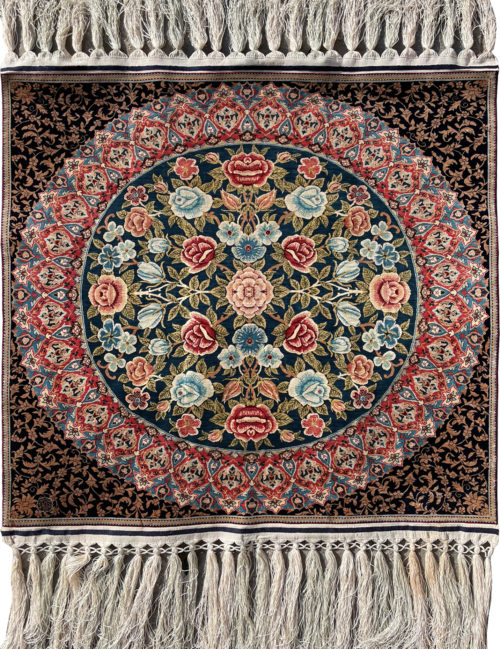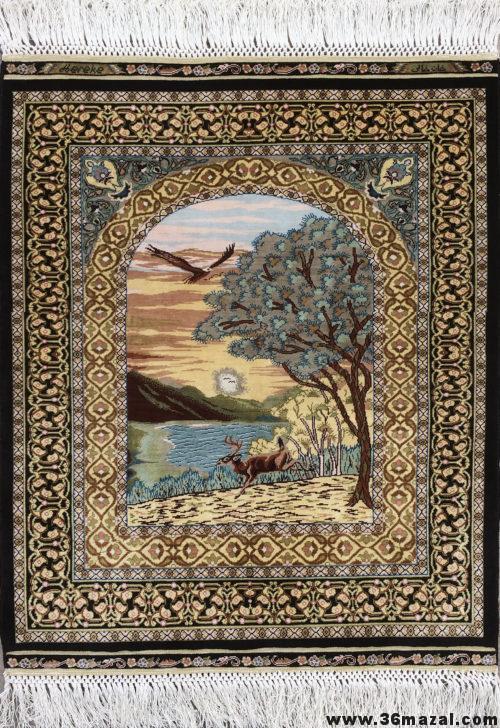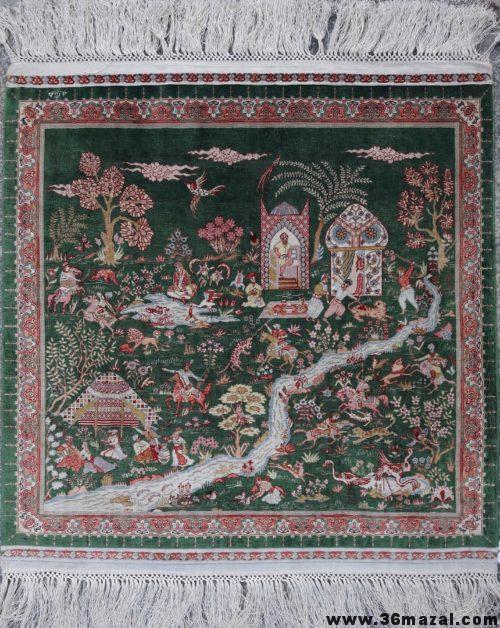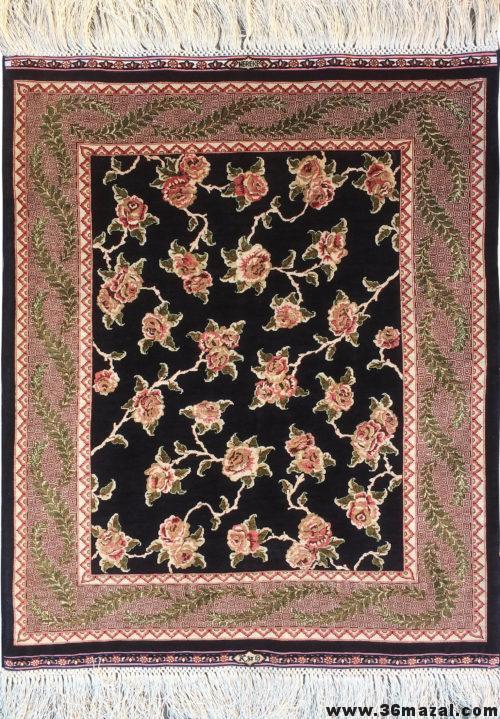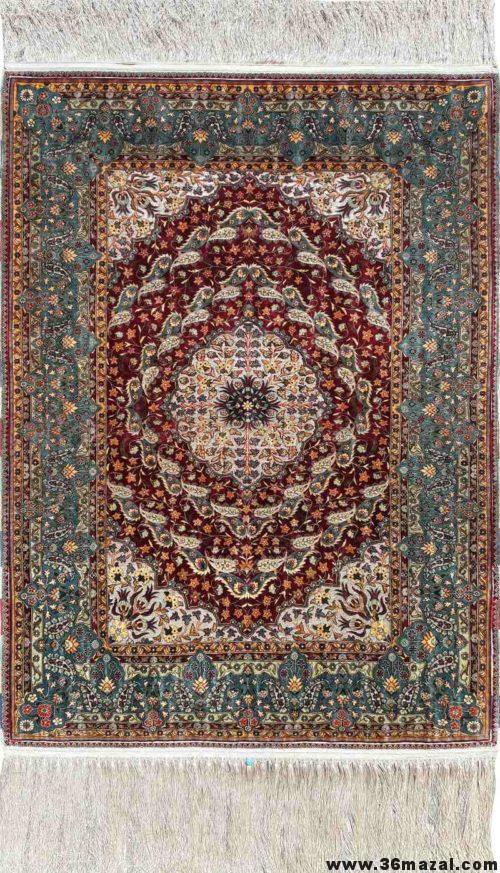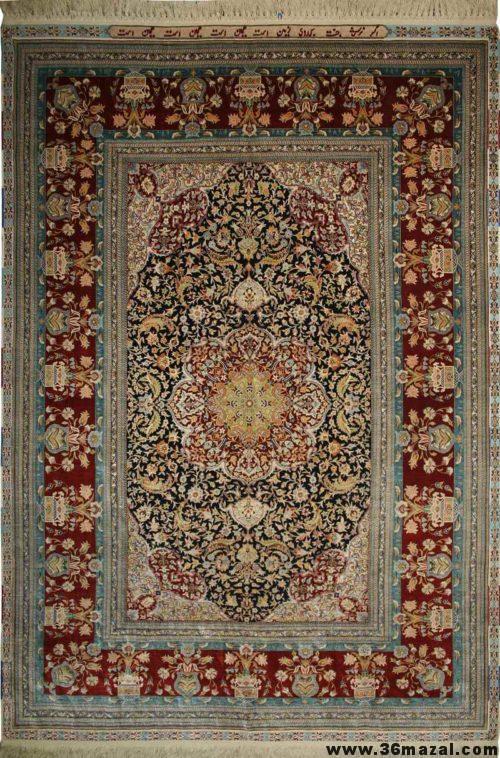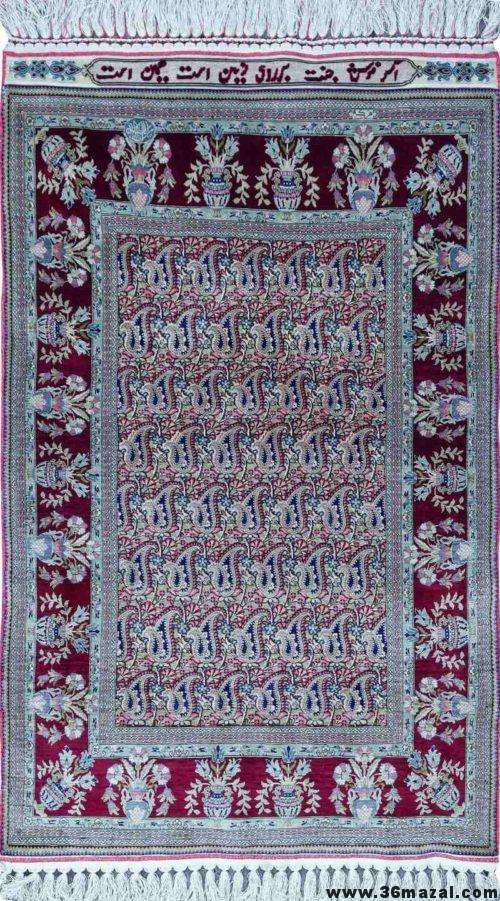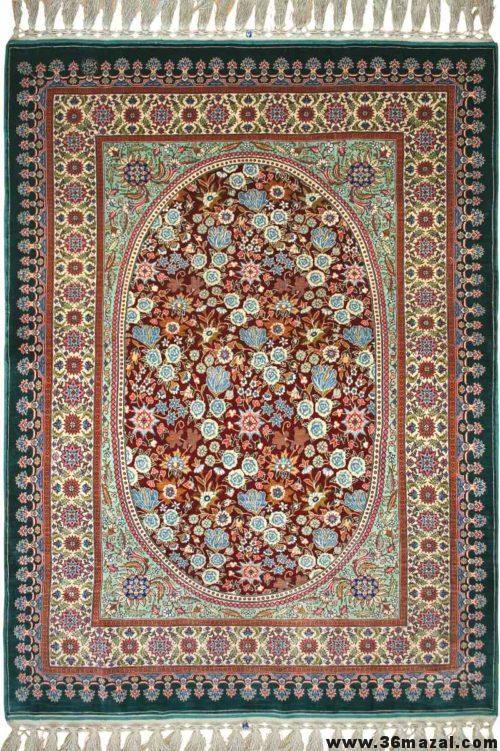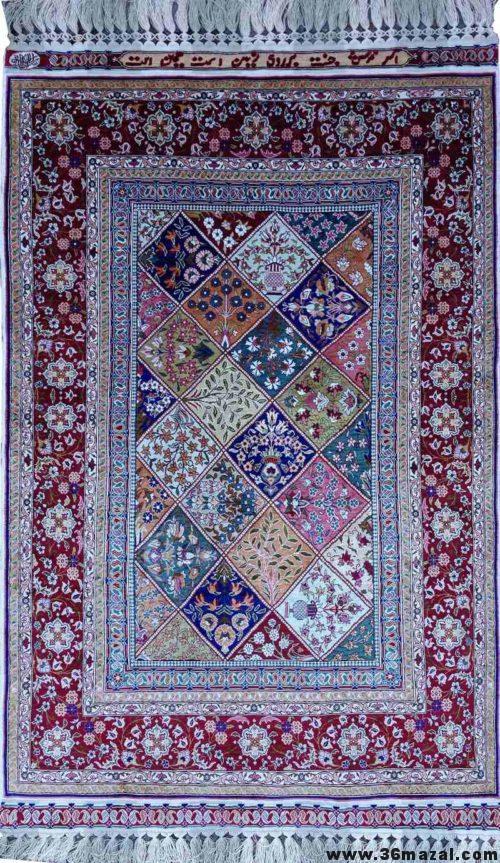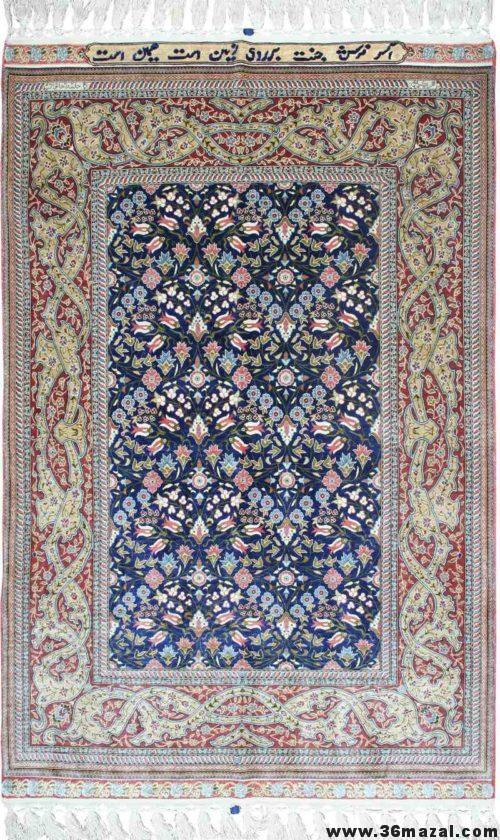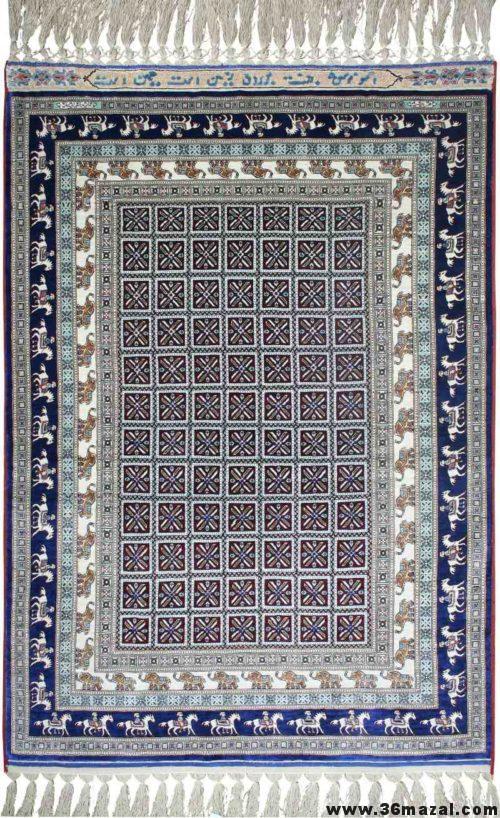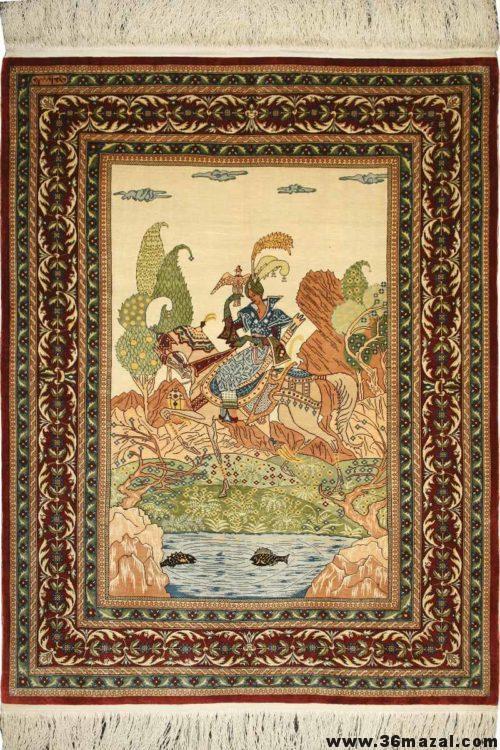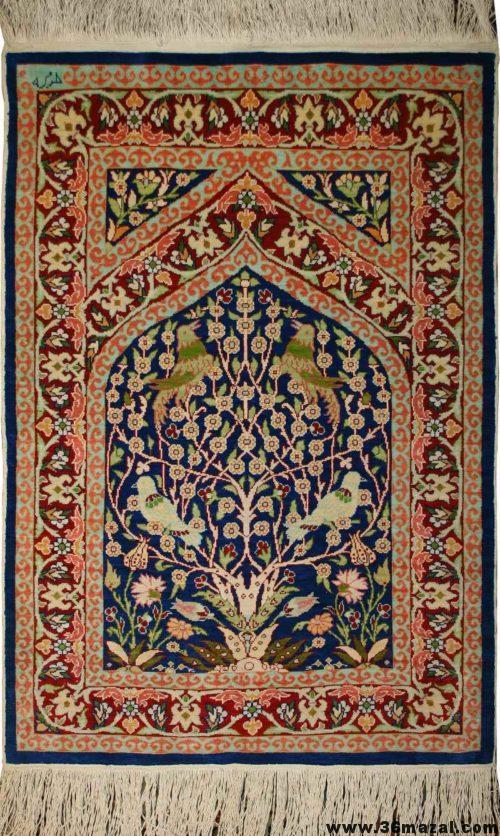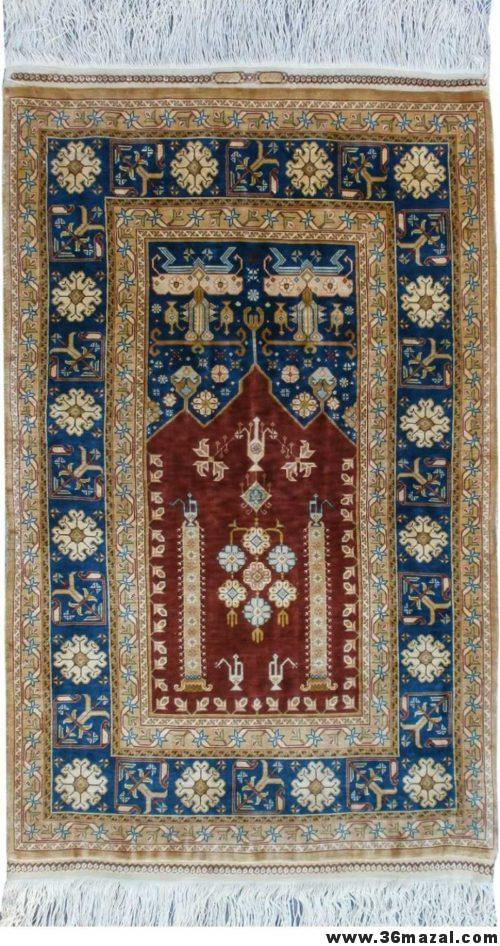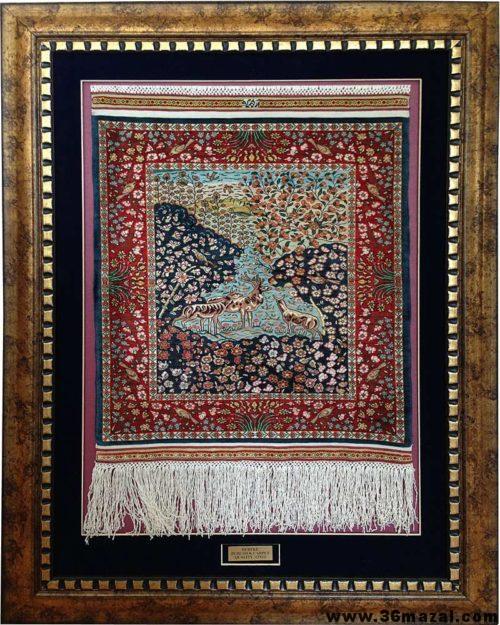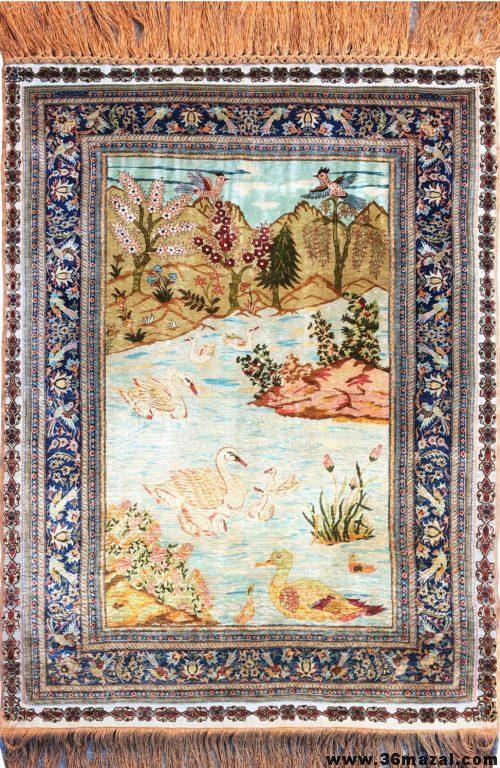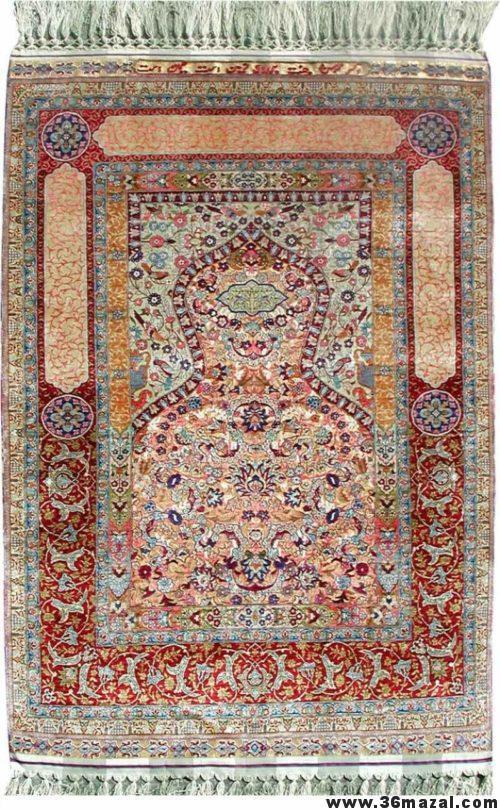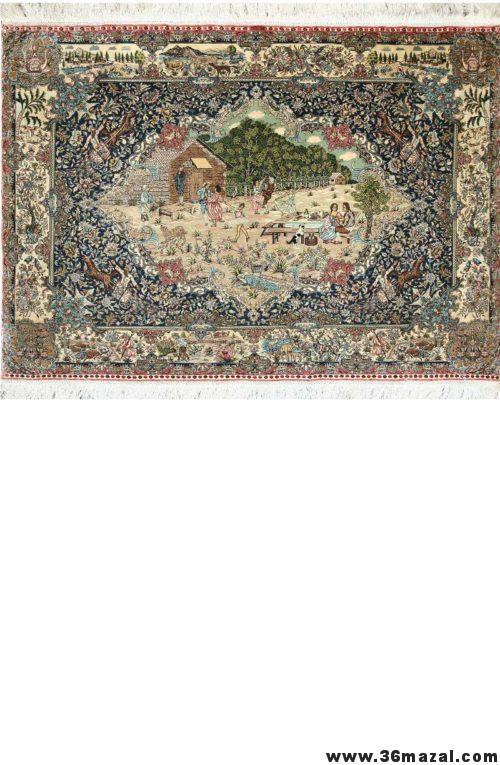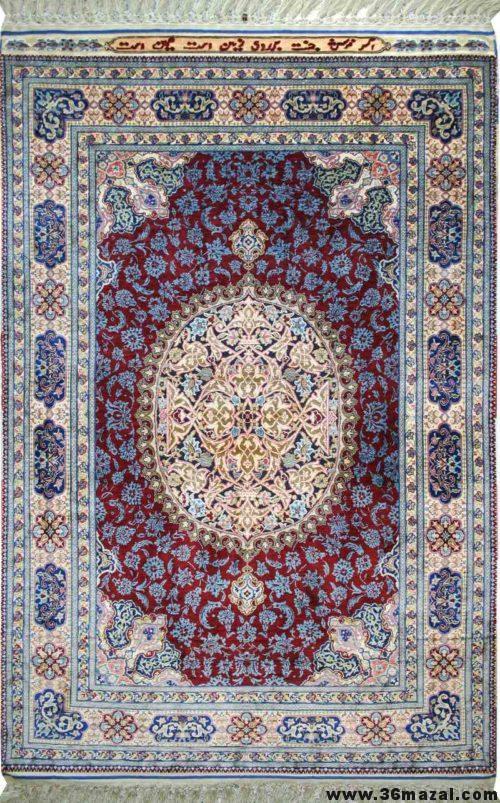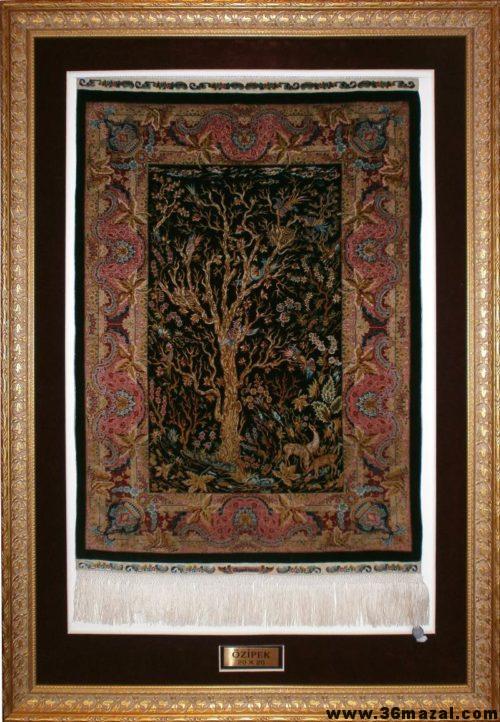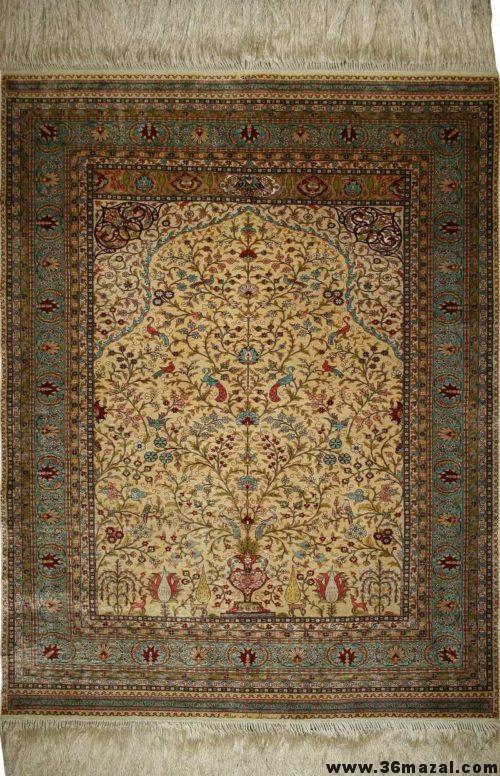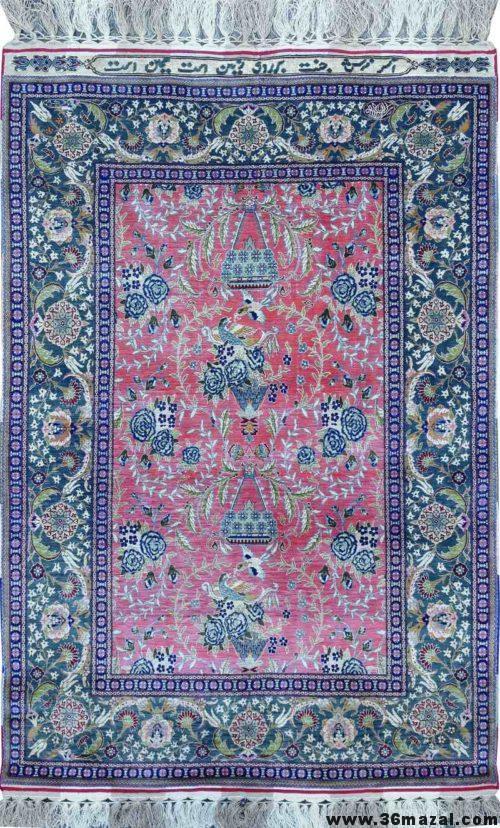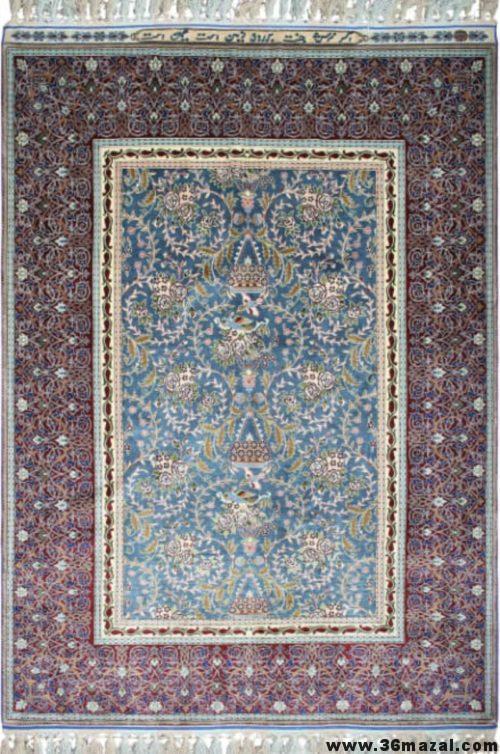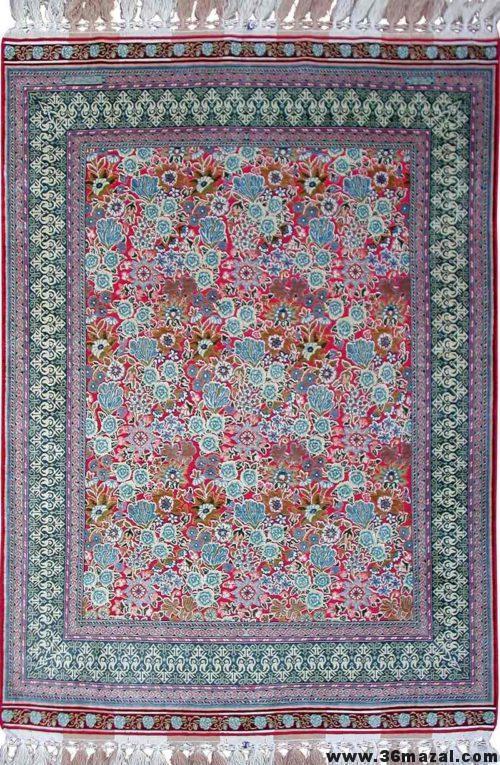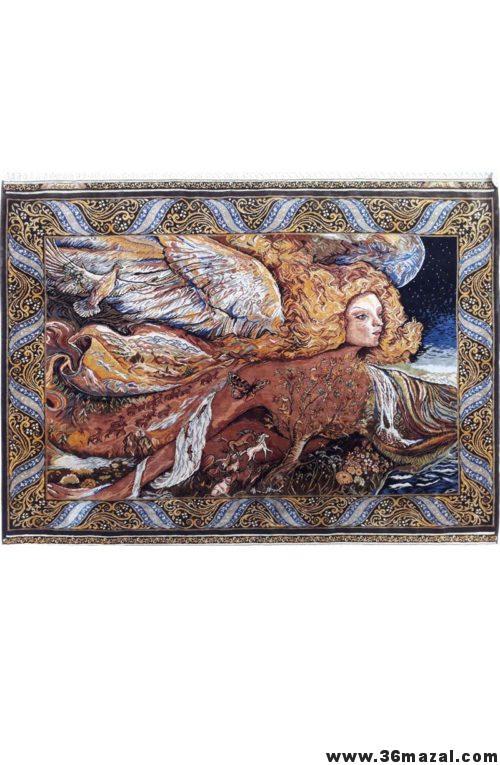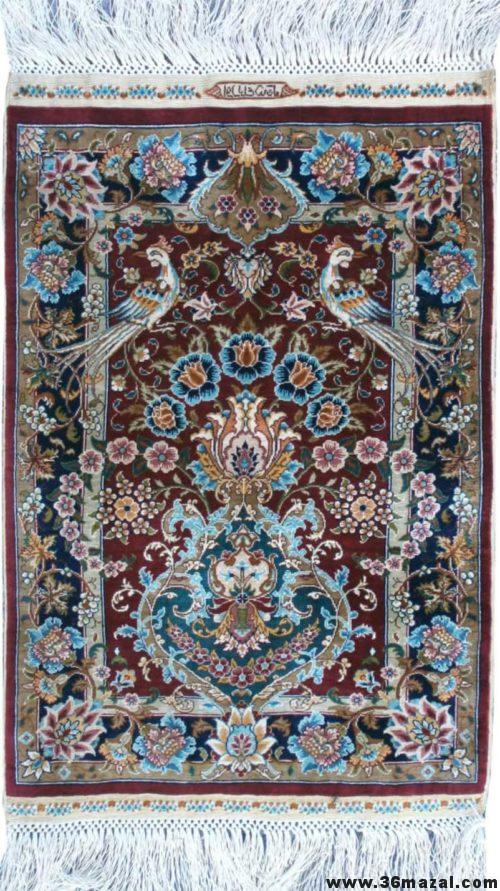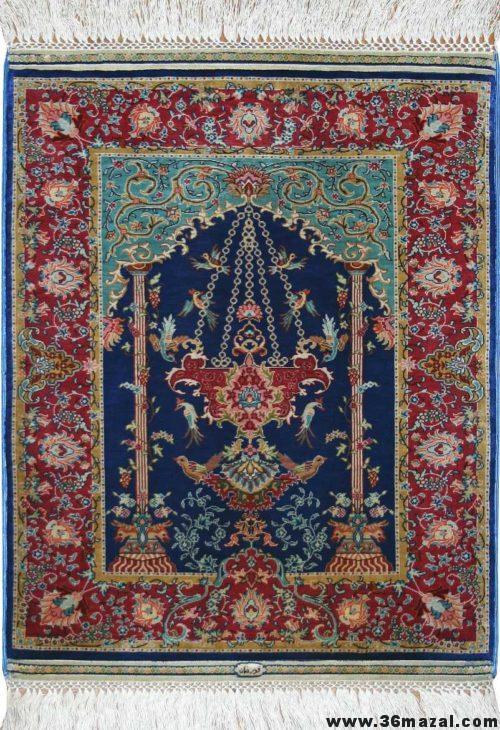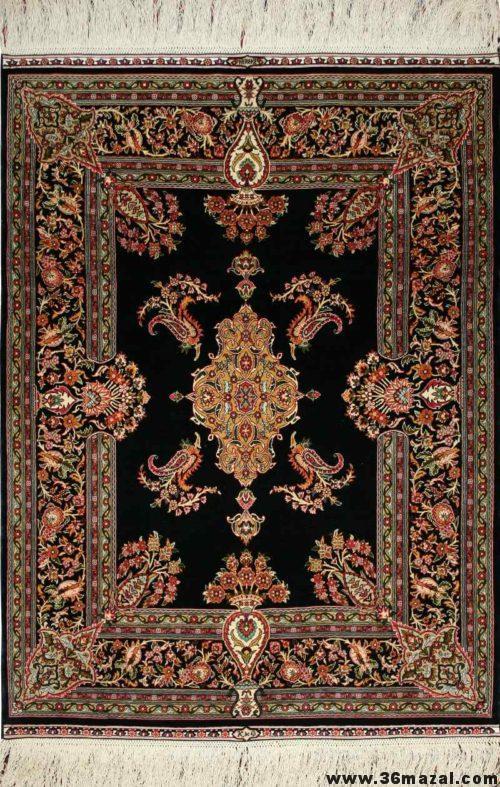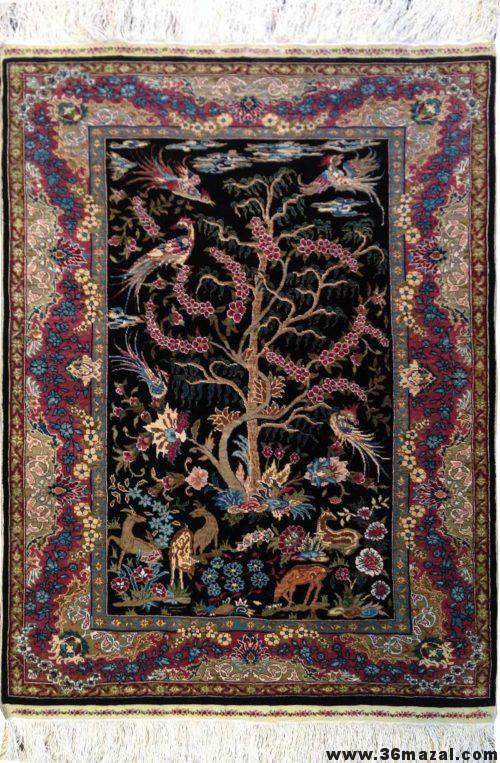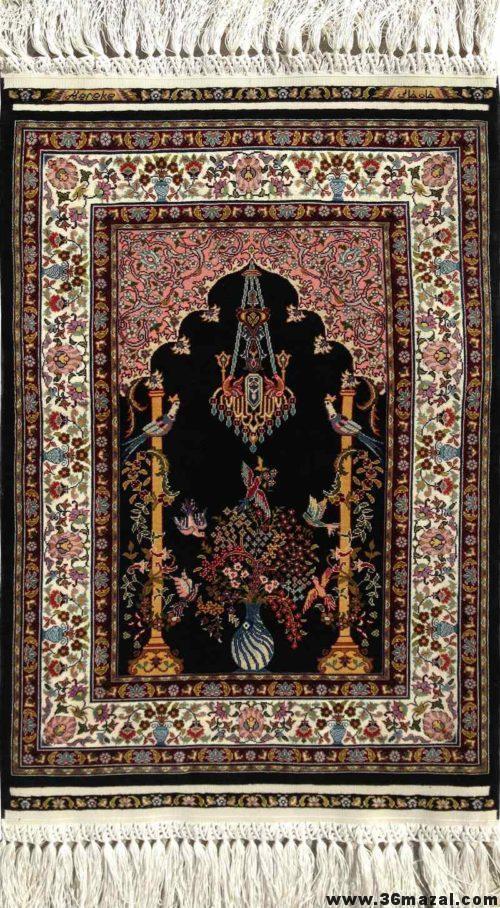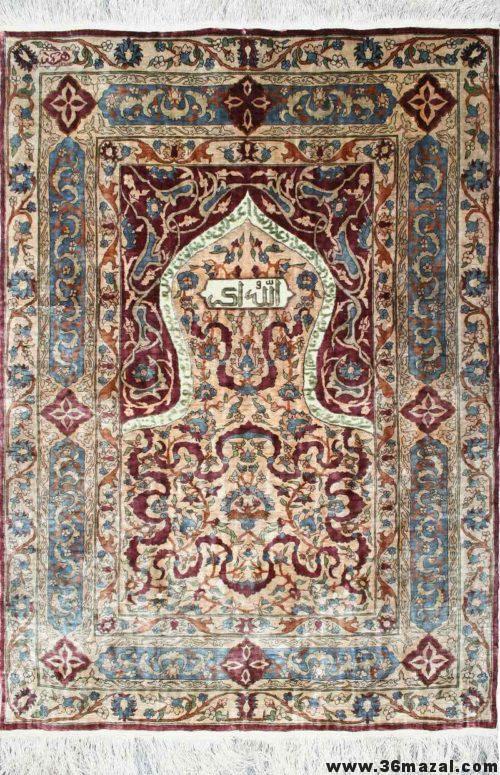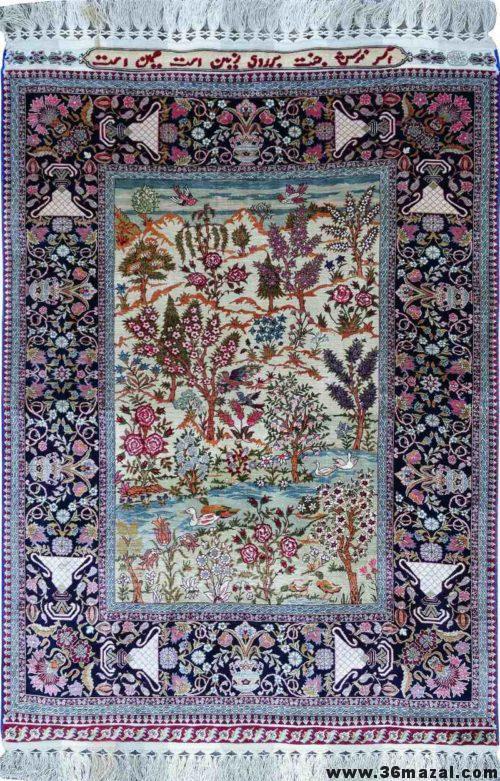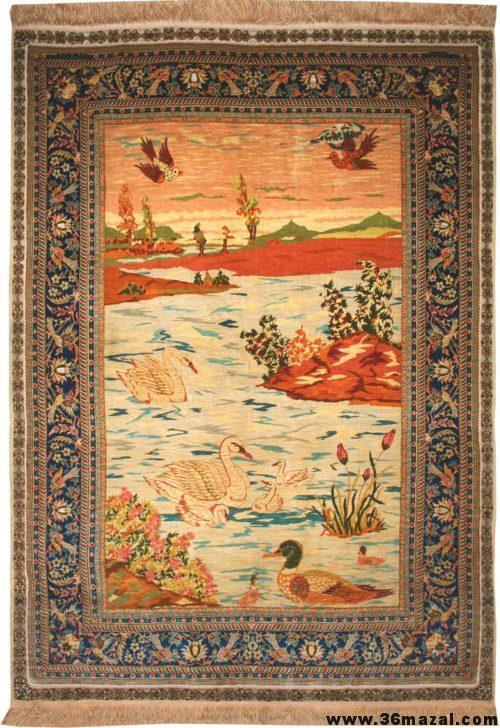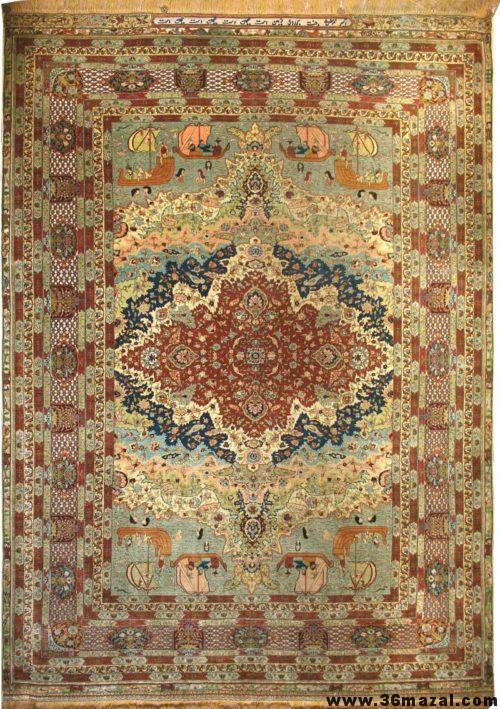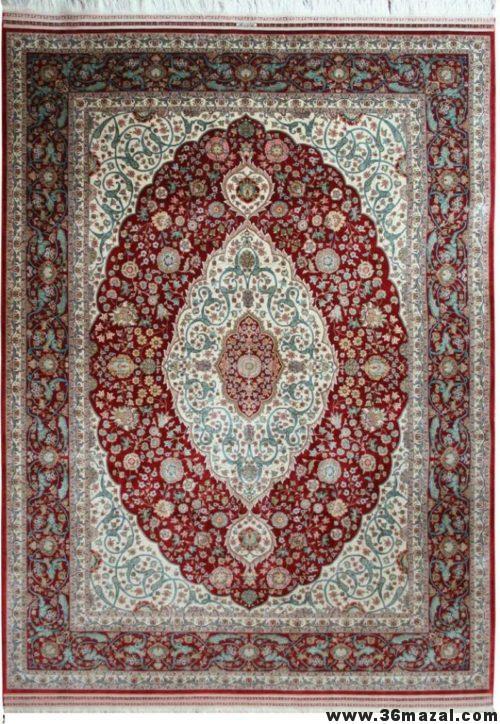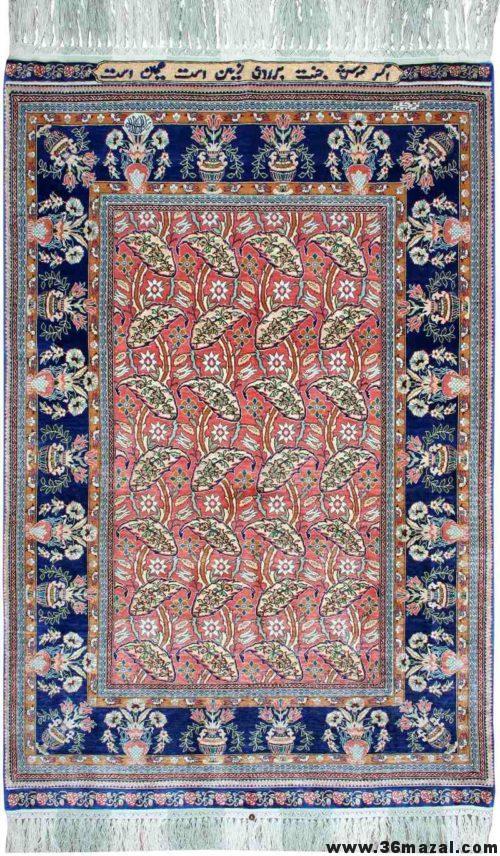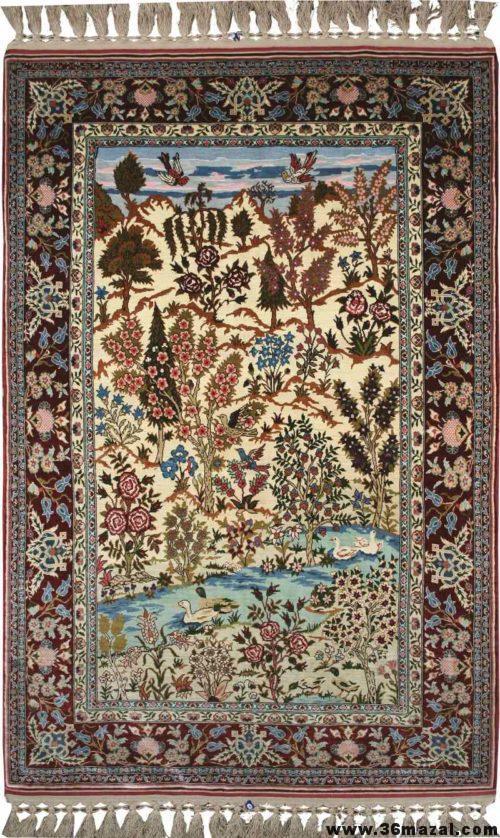The Turkish town of Hereke is famous all over the world for its exquisite carpets: a tradition that dates back to the 16th century, although it was not until the 19th century that manufacturing in Hereke reached its highest development, due to the presence of factories specialized in the processing of silk and the will of Sultan Abdulmecid I.
He decided, in fact, to establish the prestigious Hereke Imperial Manufacturing company here in order to make fabrics and carpets exclusively for the Ottoman court and the Dolmabahçe Palace, which was under construction in those years.
For this reason, the best knotters of the empire came to Hereke and the manufacturing company soon began to make high-quality carpets with refined decorations and extraordinary sizes. For the adornment of the palace alone, they made more than 4,500 square meters of astounding carpets.
Due to their fame as masterpieces, the demand in European aristocratic society increased until, finally, some merchants from Istanbul were authorized to trade a small number, helping to spread the carpets in international markets.
With the decline of the Ottoman Empire came the decline of the magnificence of Hereke carpets. With its ultimate fall the production of carpets reduced to a minimum. Only in the 1930s did production experience a rebirth with the help of foreign investment.
The Hereke carpets were made to display and witness the grandeur of the Sultan. They have always been exquisite masterpieces, made with the finest natural silk, with precious metal thread and dense knotting. Some silk models can be more than a million knot/m².
The production of a single carpet is, therefore, a slow process, and the rarity of the products, their high value and the growing demand from collectors have encouraged numerous Chinese imitations and various mediocre productions made with jufti knots and poor materials (such as viscose). It is then necessary to be wary of attractive prices or impromptu sellers. The production of authentic Hereke carpets today is, in fact, entrusted to very few well-known workshops that sometimes produce on commission, both small or very small collector’s items and – much more rarely – large-scale works.
The excellent quality obtained with the best available production technique, the enormous density of knots, the use of precious raw materials, the intricate and complex composition of the designs with numerous and rich borders, make these carpets actual collectors’ masterpieces and, undoubtedly, the most celebrated and the best in the world.

